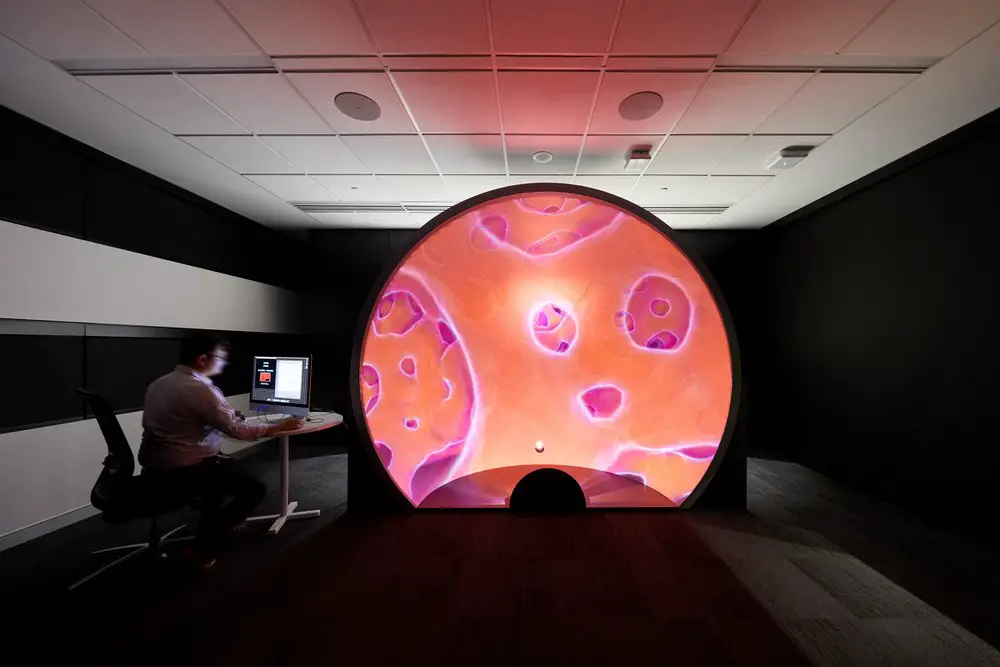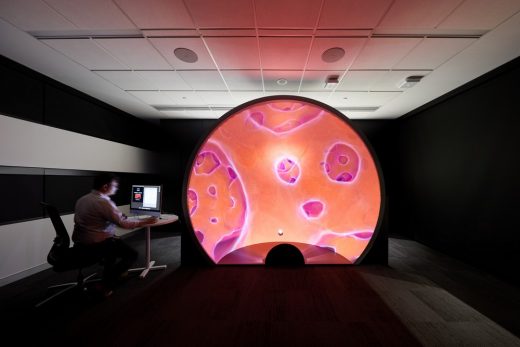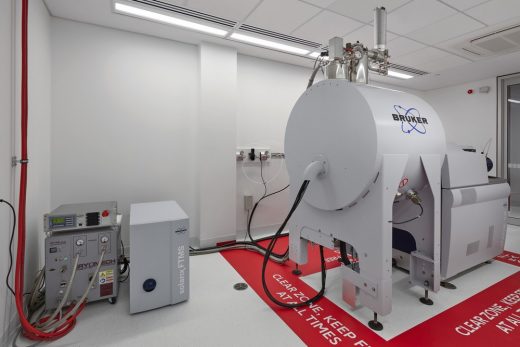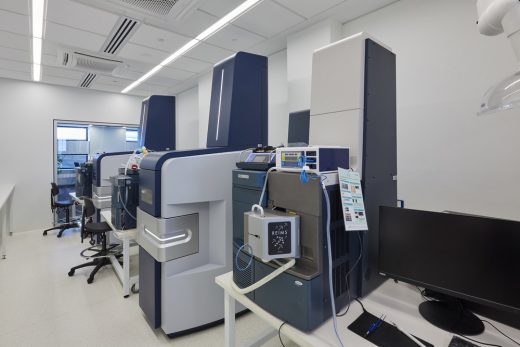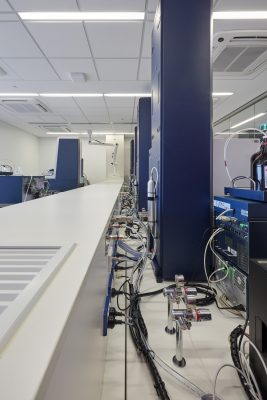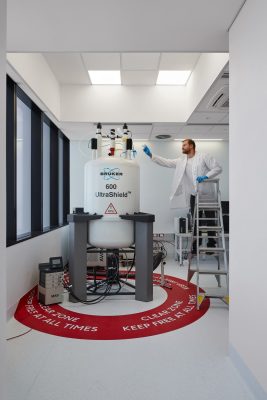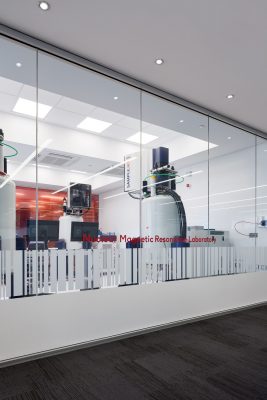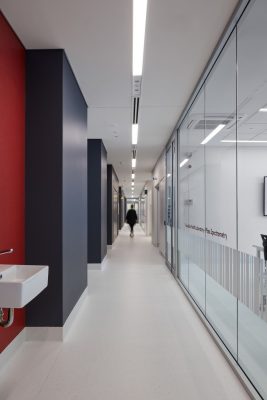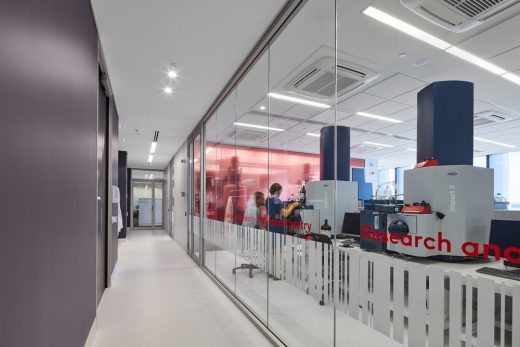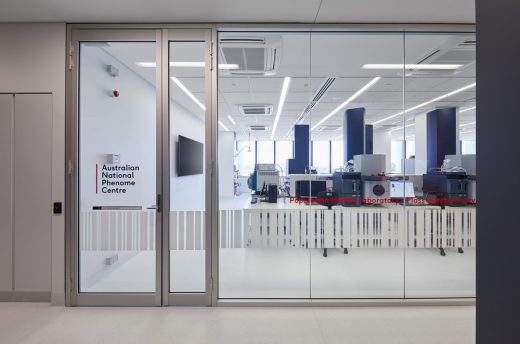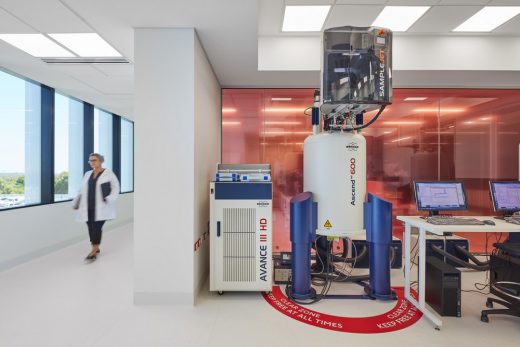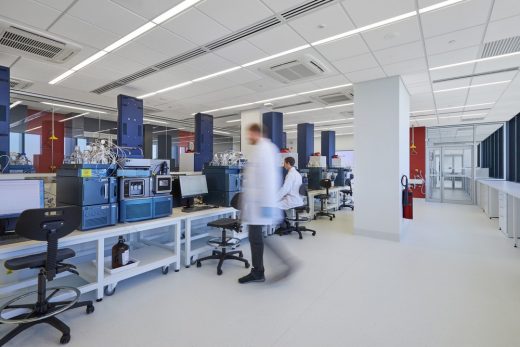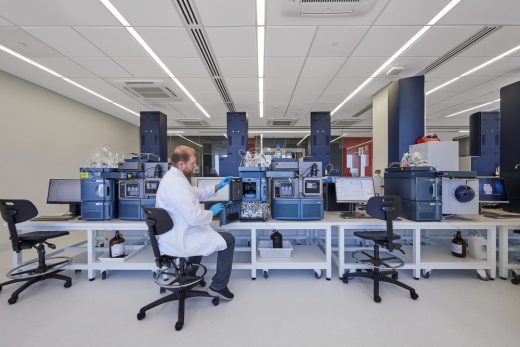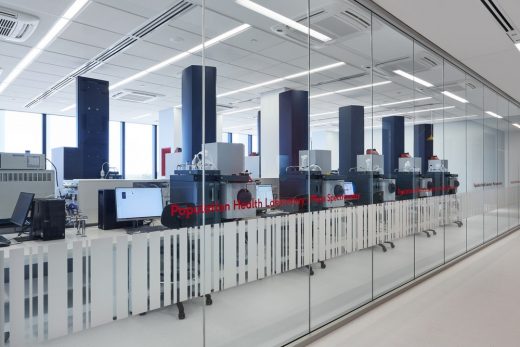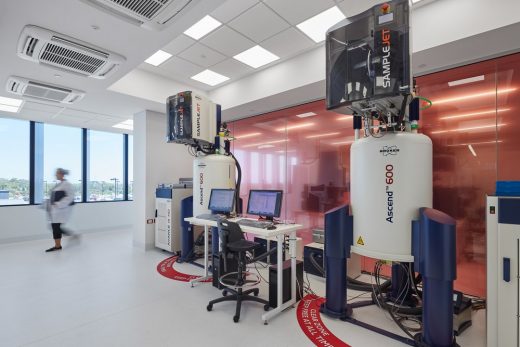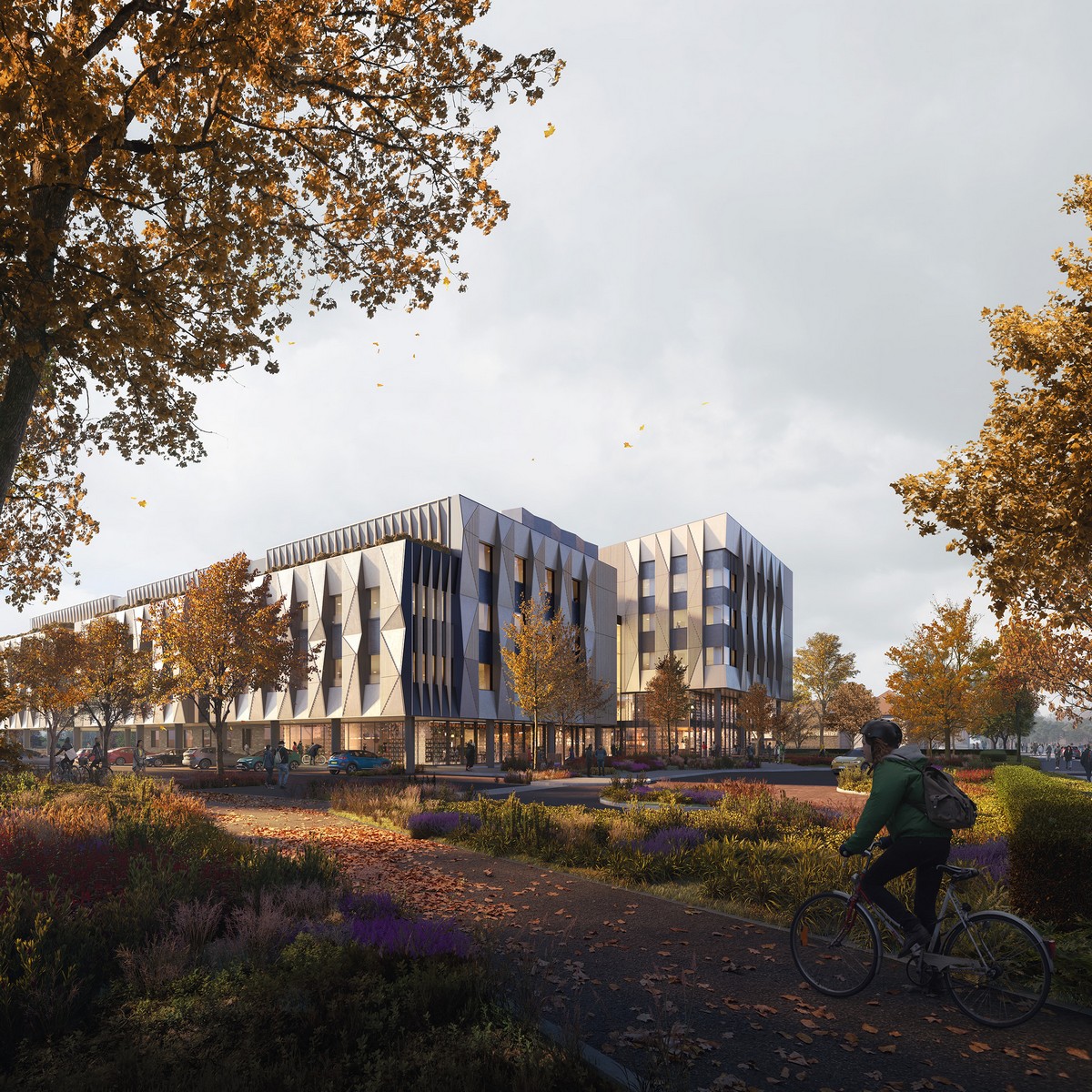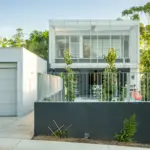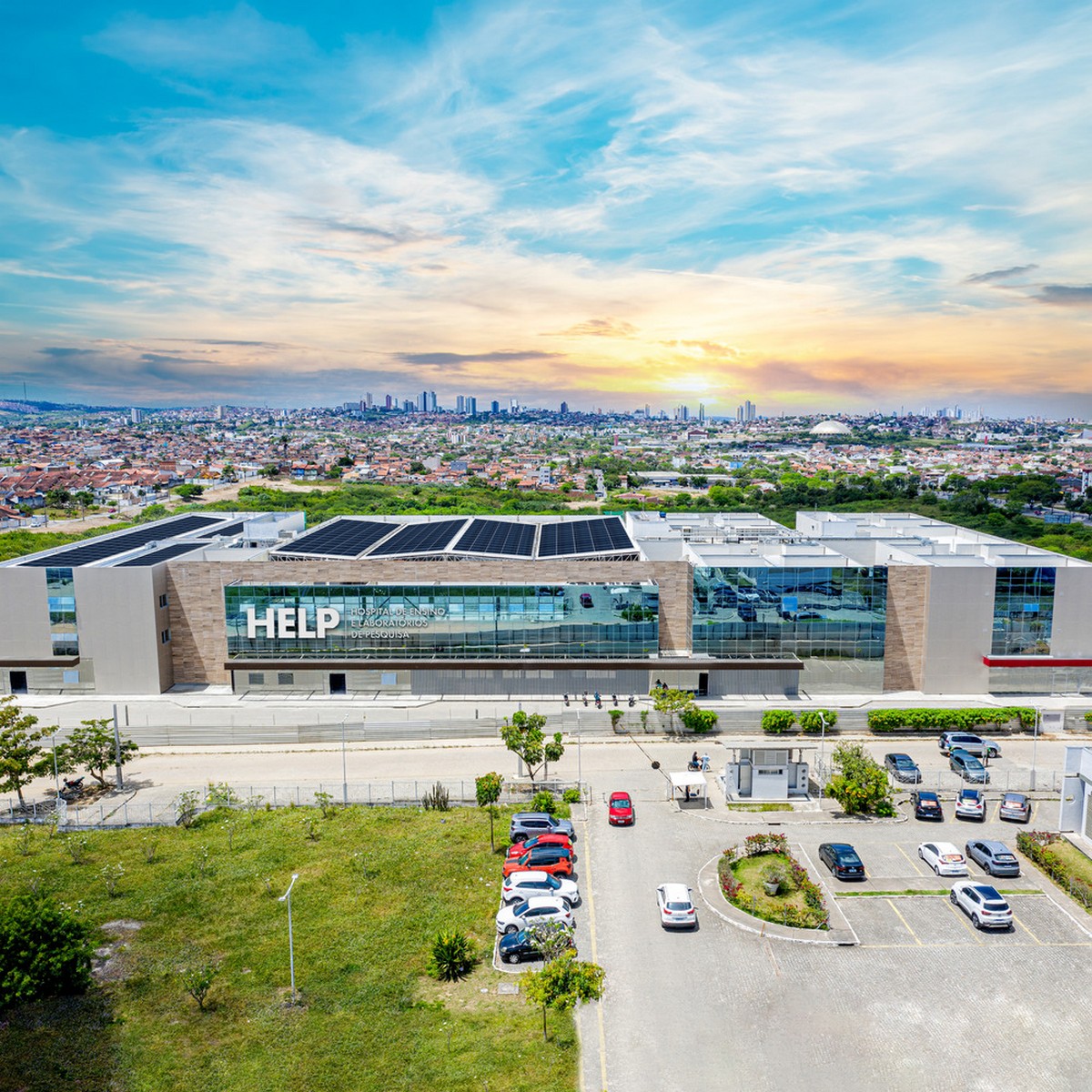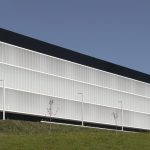Australian National Phenome Centre Perth building project, Australia architecture photos
Australian National Phenome Centre in Perth
post updated 24 June 2025
Design: Hames Sharley
Location: Perth, Western Australia
21 Apr 2021
Australian National Phenome Centre – ANPC Perth
The only facility of its kind in the southern hemisphere, the ANPC brings together all five Western Australian universities and leading health and medical research institutes. It is linked to the International Phenome Centre Network and also has wide applications in
agriculture and environmental science.
By analysing the molecular, physical and biochemical characteristics of biological tissue and fluids such as blood and urine, researchers at the ANPC aim to predict the complex genetic, environmental and lifestyle interactions causing disease.
The work of the ANPC supports almost every area of bioscience. It reaches across traditional research silos and fosters a new, more collaborative approach to science. Long-term, the ANPC hopes to build ‘global atlases’ of human disease, providing insights into future health risks which everyone on the planet can benefit from.
The ANPC positions Perth and WA as a global leader in precision medicine, and enables quantum leaps in predicting, diagnosing and treating disease.
Hames Sharley’s laboratory design improves conditions for phenome researchers
Hames Sharley has designed the Australian National Phenome Centre, located within the research and education precinct of Perth’s Fiona Stanley Hospital (FSH). Hames Sharley designed the Harry Perkins Institute of Medical Research at FSH which was completed in 2013, and were invited to return to the building to reimagine an existing laboratory — to be operated by Murdoch University as home to the Australian National Phenome Centre (ANPC).
The Centre is the only one of its kind in Australia. By analysing the molecular, physical and biochemical characteristics of biological tissue and fluids such as blood and urine, researchers at the ANPC aim to predict the complex genetic, environmental and lifestyle interactions causing disease and develop personalised treatments. The ANPC positions Perth and WA as a global leader in precision medicine and enables quantum leaps in predicting, diagnosing and treating disease.
Hames Sharley’s design for this specialist research laboratory occupies 1,400 square metres of PC2 laboratory space, office space and data visualisation facilities, and can accommodate up to 60 researchers. The laboratory houses the largest collection of research instruments, known as mass spectrometers in the southern hemisphere, combined with several nuclear magnetic resonance spectroscopy instruments (NMRs) and advanced data modelling. Deployed to analyse samples, these instruments emit a significant amount of heat and noise that often precludes researchers from prolonged laboratory access due to the uncomfortable conditions.
Hames Sharley Director James Edwards said the design team rose to the challenge by prototyping a laboratory furniture system for on-site testing with actual instruments, that allowed modifications and important refinements. “The final design comprises moveable benches, upon which the large and heavy instruments are located,” James explains. A central fixed spine of bespoke cabinetry houses electrical and gas distribution services and allows easy connection to the instruments. Additionally, the spine contains an exhaust system that extracts hot air from the instruments before it enters the lab.
Traditionally, the loud pumps associated with these instruments are positioned on the laboratory floor. “To insulate the noise, the central spine of the cabinetry incorporates acoustic enclosures for the pumps — essentially forming a barrier between the noise and the researchers,” James says.
The result? Researchers are relishing the opportunity to converse in their workplace without shouting, a rare occurrence in these types of research facilities. Another welcome outcome of the design is the reduction in energy consumption thanks to the extraction of hot air at its source, which minimises the need for air-conditioning. Likewise, waste reduction was top of mind as James and his team redeployed some of the existing lab’s glass splashbacks to be incorporated into a new dividing wall.
Because the laboratory sits within an existing building, James and his team also had to be mindful of minimising disruption to nearby offices and other neighbouring facilities. Planning travel routes for the instruments — some of which weigh up to two tonnes — was a key consideration. “We liaised closely with the manufacturers of the instruments, together with our builders and engineers to plan transportation of equipment and, upon arrival, to ensure our configuration evenly distributed weight across the floor plate,” James says.
The new design also incorporates a long corridor which serves as a viewing gallery from which visitors can safely observe researchers at work. Given the significant interest and profile of the research being undertaken at the ANPC, this visibility is another welcome feature of Hames Sharley’s thoughtful design.
ANPC Senior Operations Manager Sze How Bong summarises the response to Hames Sharley’s design as overwhelmingly positive. “The facility’s functionality and architectural integrity have surpassed our expectations,” he says. “We’re exceedingly grateful for Hames Sharley’s well-considered approach which has resulted in an outstanding laboratory that continues to impress our team and our aligned networks of researchers, both locally and internationally.”
Australian National Phenome Centre in Perth, Western Australia – Building Information
Interior design: Hames Sharley
Completion date: 2019
Images © Hames Sharley
Australian National Phenome Centre, Perth images / information received 210421
Location: Perth, Western Australia
Western Australia Buildings
Contemporary Architecture in Western Australia – architectural selection below:
Perth Architecture Design – chronological list
Design: Architect Nic Brunsdon
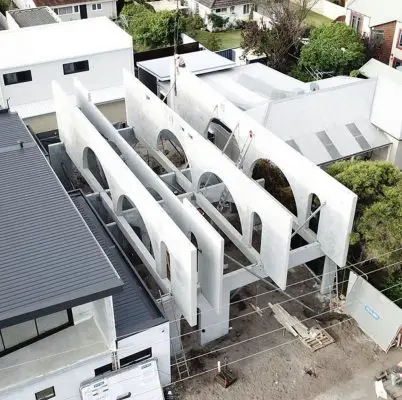
photo : Ben Hosking
North Perth House
Architects: Cox Architecture
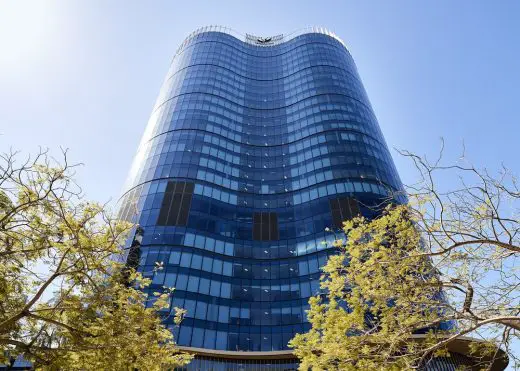
photography : Martin Siegner and Peter Bennetts
Capital Square
Architects: Cox Architecture / HASSELL / HKS
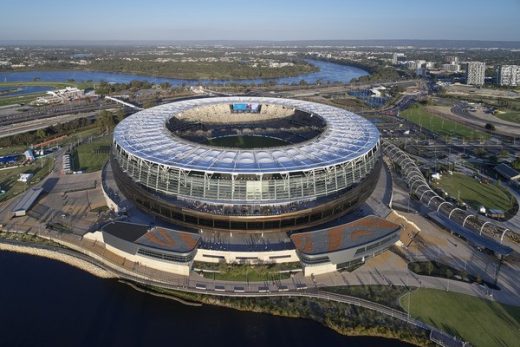
photo : Peter Bennetts
Optus Stadium Building in Perth
Australia Architecture
Australian Architecture Design – chronological list
Comments / photos for the Australian National Phenome Centre, Perth Western Australia – page welcome

